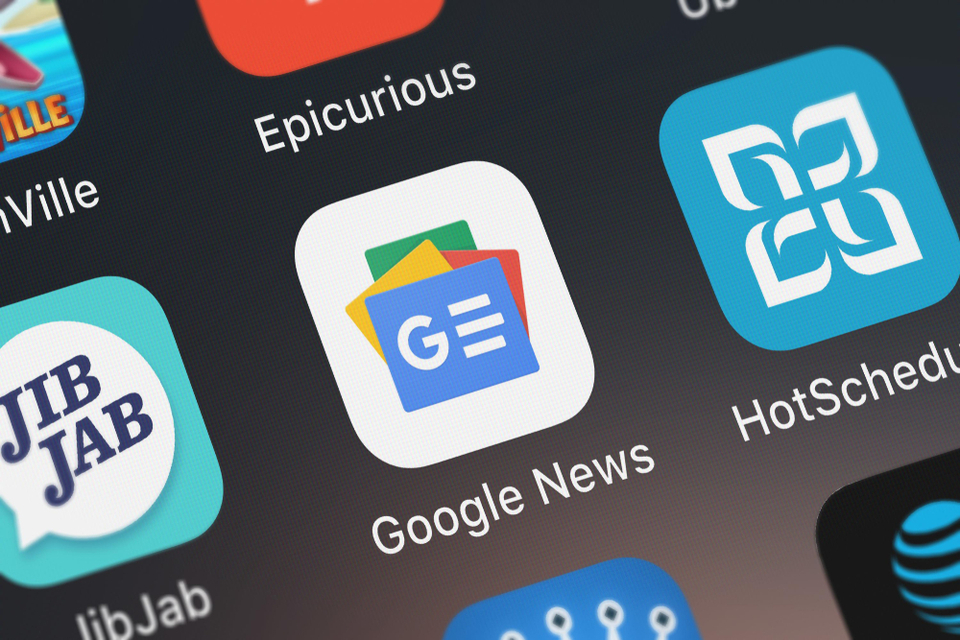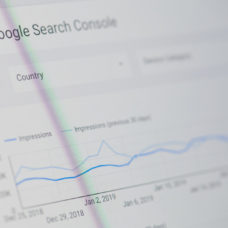In a recent blog post, Google announced the launch of a new tool called Publisher Center. As the name implies, the tool is designed to help publishers manage how their content appears across Google Products.
Before now, publishers used Google News Producer and Google News Publisher Center to manage their content on the search engine.
The Google News producer allowed publishers to create Google News “editions” and monetize content. Also, the tool provides an editorial control of content’s colors, logos, as well as the placement of important contact information.
The Google News Publisher, on the other hand, helped improve content classification and discoverability. Among other things, publishers use the tool to tell the search engine what parts of the site to crawl.
Now, Google is merging these old tools. Along with combining the features, the tech company says that the user experience and functionality have improved.
In a blog post, product manager at Google, Eric Silva, said:
“Today, we are announcing the launch of Publisher Center to help publishers more easily manage how their content appears across Google products.”
Here are the new features.
Features of Google’s New Publisher Center
Like the old tools, Publisher Center is an interface that helps publishers submit, manage, and monetize their content on Google News. However, it has some new features that the previous tools lacked.
Publishers can now conveniently manage their identity based on a device’s mode. For example, a light mode or dark mode will now trigger a light logo or dark logo, respectively.
Also, publishers with multiple publications can now manage and switch between them. There’s also an improved permission setting that makes it easier to collaborate with other colleagues.
Finally, publishers will no longer have to depend on RSS to configure sections in Google News. Instead, they can now point to the URLs for their website’s section.
That means like Search, content for News will start coming directly from the web.
Google launched the Publisher Center in the existing four languages of the previous tool – English, French, Spanish, and German. However, the tech company intends to expand the tool to other languages.


















Comments (0)
Most Recent